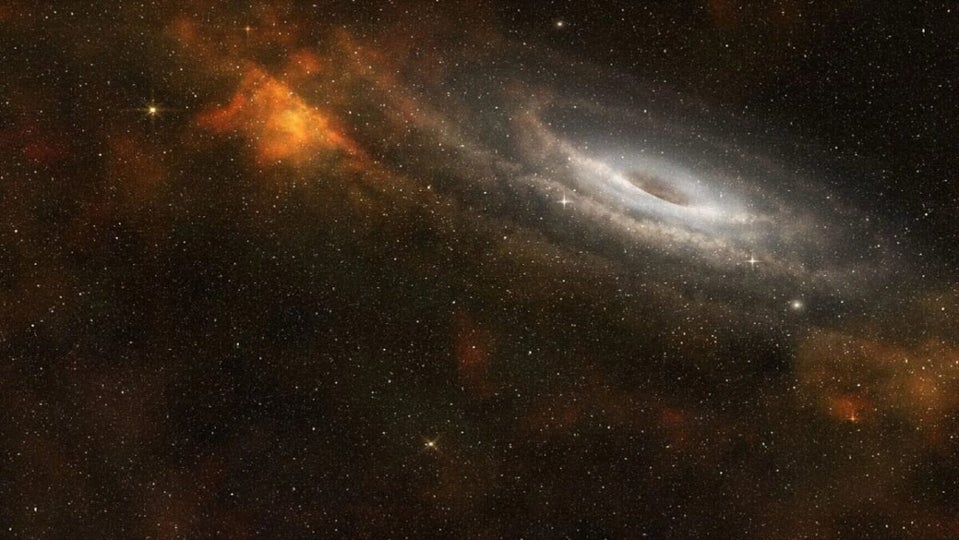If there’s one sentence you don’t want to read in a news story about a massive black hole pointing toward Earth, it’s “It’s unclear how it will affect our galaxy”. And yet, that’s where we are. At the moment we don’t have to prepare for the end of the world, far from it: the black hole is 657 million light years away and if we wanted to go there in a spaceship it would take 19,000 years. We have better things to do in the meantime.
The center of the universe
PBC J2333.9-2343. It is not the name of Elon Musk‘s new son, but the name of this hyper-large black hole at the center of a distant galaxy that has now turned its course to head toward Earth. For the moment, scientists at the Royal Astronomical Society are testing to see what is happening.
Specifically, the space phenomenon has rotated 90 degrees and has become a “blazar”, which is not a store where you find all kinds of things but the point of a galaxy pointing directly towards the Earth. Blazars are very high energy objects and one of the most powerful phenomena in the universe. I’m sure it gives you a lot of peace of mind to know that there is one now, 657 million light years away, staring us in the face.
Although they do not yet know what caused the change of direction, scientists believe that it collided with another galaxy. In this case, PBC J2333.9-2343 is a galaxy that is outside the norm of what we normally know as such, opening the possibility for new scientific discoveries. We will be watching to see how it evolves and watching the sky out of the corner of our eye just in case. Lest a black hole come out of nowhere.


